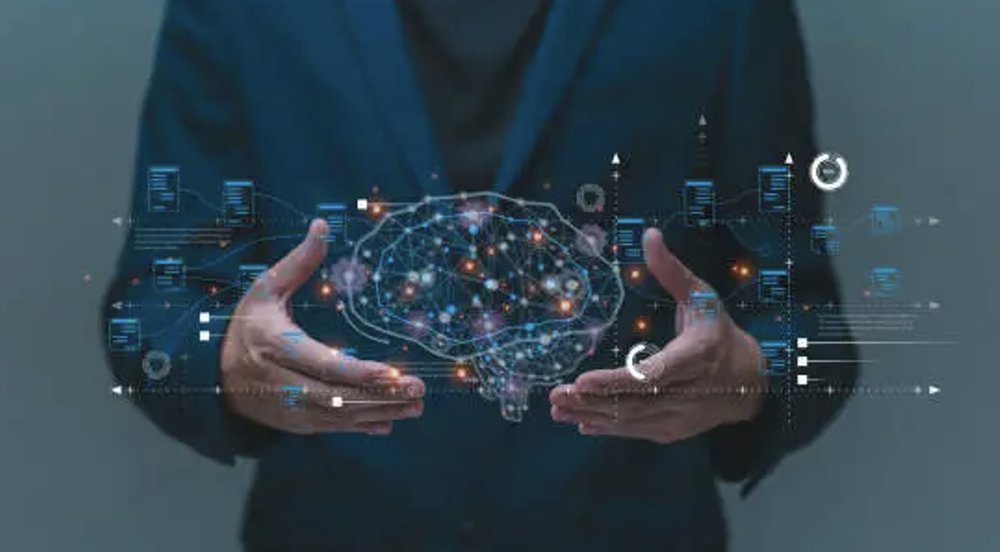While E-learning has really gained traction in the last 30 years with the advent of the Internet, the concept of remote learning has been present in our society for much longer. One of the earliest cases of remote learning is documented in the 1840s Isaac Pitman supported students learning shorthand, exchanging correspondence via texts and letters with his pupils to check their progress without even being in the classroom.
As learning has continued to progress, we have learned so much about what methods work best for each type of learner. But as technology is evolving so rapidly, there is always more to dissect. Universal Design Learning (UDL) is a way of teaching that fits with e-learning to gain new perspectives and engage in group problem-solving. By incorporating things like podcasts, scripts, social annotation, and learning dashboards, teachers can leverage a variety of e-learning methods aligned with UDL principles to boost student engagement and improve learning outcomes.
But why is this pairing of e-learning and UDL so important? Let’s dive in.
What is UDL?
UDL is a flexible framework that guides education by offering varied ways to present information, assess student responses, and engage learners. It helps remove barriers found in traditional teaching methods, making education more accessible for students with disabilities or limited communication skills.
In the United States this approach is further supported by the Every Student Succeeds Act (ESSA), which mandates that states and schools design assessments using UDL principles whenever possible. Today’s high school graduates are accustomed to UDL principles and expect them when they matriculate in higher education.
With the rise of e-learning, especially post-COVID-19, integrating UDL into digital platforms has become essential for teachers. It enables them to better understand and meet the diverse needs of their students, regardless of location.
What does UDL through e-learning look like?
E-learning can take many forms—social annotation, digital resources, and interactive modules, to name a few. When aligned with UDL principles, it can create powerful educational experiences.
For example, online courses can offer content through multiple formats like audio, text, and video, alongside interactive elements such as quizzes, virtual labs, and social annotation to enhance engagement and provide varied learning pathways. Additionally, these tools should support different forms of expression, whether through writing, presentations, or discussions, fostering a dynamic and inclusive learning environment.
How to address the digital access gap?
One of the significant challenges in education is integrating EdTech into teaching, especially given the vast disparities in what teachers have access to worldwide. As highlighted by the Education Resources Information Center, digital equity is essential: “it is a ‘must-have’ to ensure that all may fully participate in the digital economy and society of today and tomorrow.” How can teachers adapt their instructional methods to meet diverse student needs without adequate technology?
Too often, students use technology passively as a simple replacement for pen and paper. However, when technology is viewed through a UDL lens, it can become a powerful tool. Students are already engaged with platforms like YouTube and TikTok, but the key is to integrate these resources into a broader educational context, turning passive consumption into active learning.
Take social annotation, for instance—students can annotate shared resources like texts or other works, linking to relevant content like TikTok videos that tie into the subject being studied. The impact of this approach, grounded in UDL, is significant. Studies have shown a substantial increase in engagement, with one school seeing interactions with educational resources jump from 29,739 to 72,951 after implementing UDL frameworks. This kind of strategic use of technology can bridge the digital access gap and create more inclusive, engaging learning environments.
The importance of diversity
UDL is particularly useful for helping learners with disabilities as the core tenets can all be applied to bear their needs in mind. Given that UDL advocates for having multiple means of representation, which could be represented by video captions for those with hearing impairments, and it also promotes multiple means of engagement with specific activities that can be included for a particular learner’s abilities.
A study looking into the application of UDL in Kuwaiti inclusive classrooms found that “UDL’s application in classrooms assisted in the reduction of barriers and challenges that students with disabilities might encounter while learning.” Additionally, the results also found that teachers were able to address the needs of students with disabilities through UDL, even if they had not been trained in practicing it specifically. The teachers felt that they could do better by knowing more about UDL in the future.
This shows that UDL, through e-learning techniques such as social annotation, can motivate and engage all students, especially those with disabilities, to maximize learning and outcomes. If schools can be provided with e-learning tools in an appropriate way, then there is plenty of scope to address accessibility issues that we have discussed in this piece.
About the author
Joe Ferraro, CEO of Hypothesis, has over 15 years of experience in EdTech, working to ensure students worldwide have equal opportunities in education.











